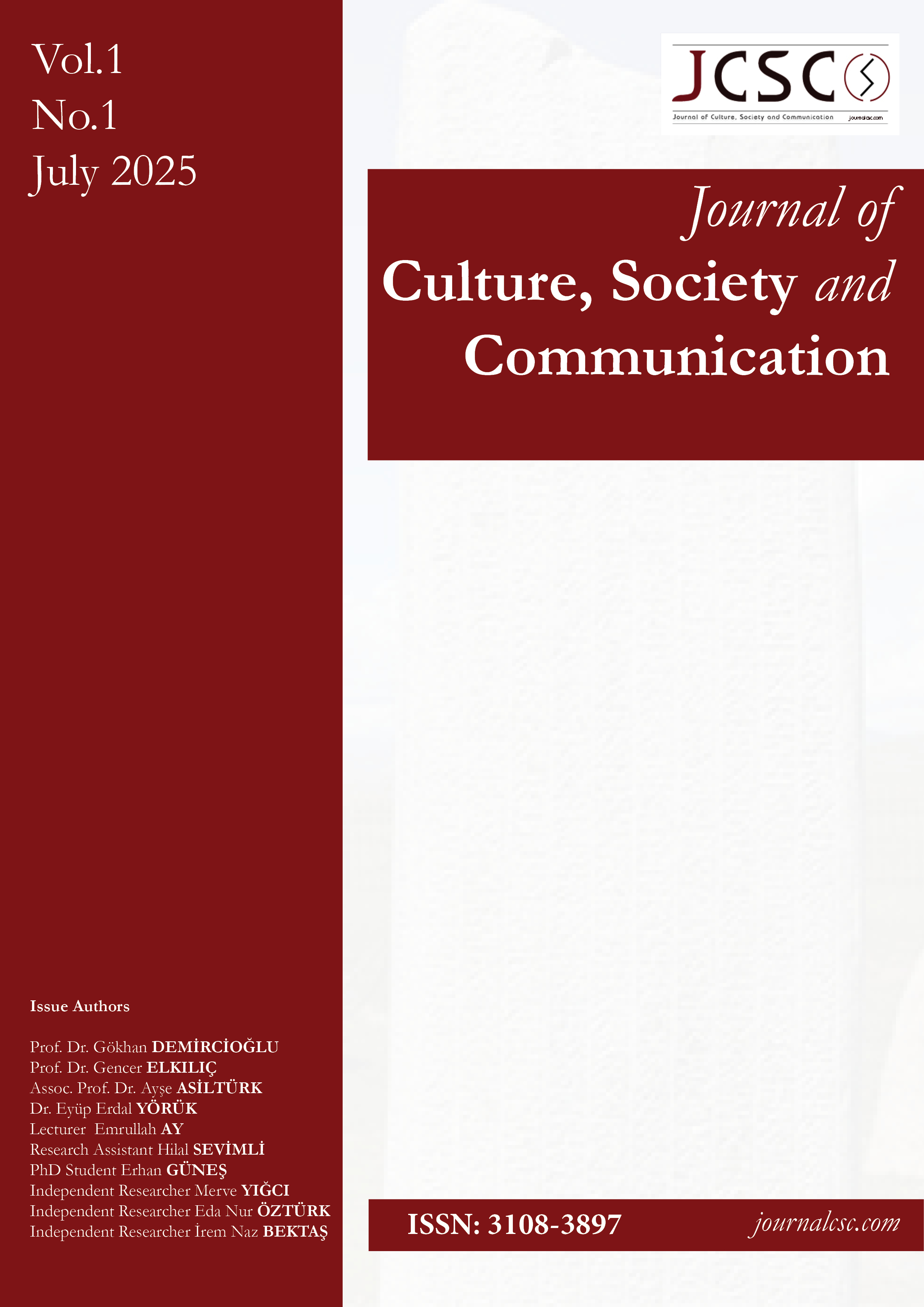A Review of Places Branding: Identity, Image and Reputation Book
DOI:
https://doi.org/10.5281/zenodo.15976795Keywords:
Image, Country Image, Reputation, IdentityAbstract
In 1966, Simon Anholt introduced the concept of national branding, which refers to the branding of places in parallel with the branding of a product or service. However, in the opening lines of his book titled “Branding Places: Identity, Image and Reputation”, which he later published, he stated that this conceptualization was flawed and that it was not possible to brand countries like a product or service. According to Anholt, simple advertising, marketing and public relations practices applied to products and services cannot achieve success when it comes to countries that are not commodities for sale. For this reason, Anholt suggested the conceptualization of “competitive identity” instead of the concept of “country branding”; proposed that countries should focus on strengthening their image, reputation and identity rather than become branding in competition. In line with the main idea expressed, Anholt evaluated the competitive identity from the perspective of image, reputation and identity; detailed the points that countries should consider in order to build a strong competitive identity. With the age of globalization, international relations are gained critical importance, and in this regard, the work serves as a guide for governments, policy makers and academics.
References
Anholt, S. (2011). Yerlerin markalaşması kimlik, imaj ve itibar. Brand Age.
Karadağ, H. (2022). Uluslararası ilişkilerde yeni bir boyut kamu diplomasisi. Nobel.
Nye, J. S. (2023). Yumuşak güç (R. İnan-Aydın, Çev.). Serbest Akademi.
Soysal, İ. (1976). Tanıtma ve Türkiye'nin tanıtılması. Türkiye Milli Komisyonu.
Downloads
Published
How to Cite
Issue
Section
License
Copyright (c) 2025 Hilal SEVİMLİ

This work is licensed under a Creative Commons Attribution 4.0 International License.







